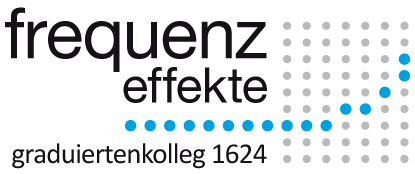Karin Madlener (publiziert)
Frequenzeffekte im gesteuerten Fremdsprachenerwerb
Why input flooding is not the whole story
| Erstbetreuer | Prof. Dr. Heike Behrens |
| Zweitbetreuer | Prof. Dr. Gerhard Strube |
| Drittbetreuer | Prof. Dr. Lars Konieczny |
| Abstract | Prior research in the domain of input enhancement has shown that exposing second language learners not only to natural input, but also to pedagogically enriched input (e.g., in so-called input floods) is often not enough to trigger incidental learning. The PhD thesis proposes that learners’ chances of incidental grammar learning from audio input crucially depend on the type and token frequency distributions of the target construction in the input texts. Based on theoretical usage-based assumptions and empirical evidence from category learning, first language acquisition, and artificial language learning, a series of two-week classroom studies investigated the effects (i) of varying degrees of type variation in the input and (ii) of the availability of a constructional prototype on incidental second language construction learning, either in first contact with a new construction or at later stages of constructional consolidation. |
| Disziplin | Germanistik |
| Sprachen | Deutsch |
| Forschungsrichtung | Spracherwerb, gesteuerter Fremdsprachenerwerb |
| Schlüsselbegriffe | gebrauchsbasierte Modelle des Spracherwerbs, Inputstrukturierung, Inputverarbeitung, Produktivität, Übergeneralisierungen |


